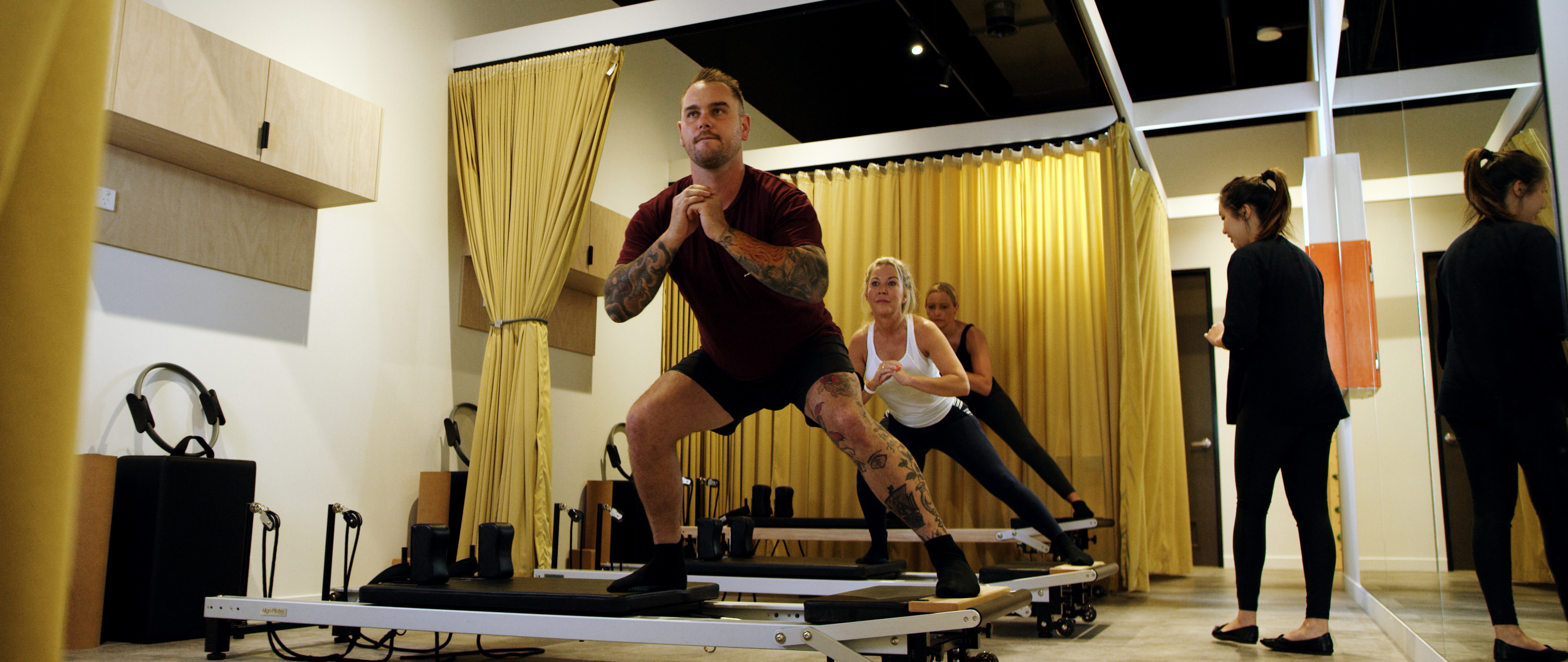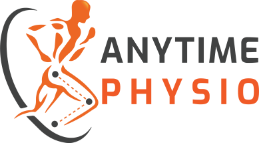
Individually, myotherapy and Pilates are effective at promoting wellness and recuperation. When used together, they can complement each others' effects.
On the one hand, myotherapy or dry needling focuses on the release of pressure in a concentrated area of muscle and joint. It results in a better range of movement for the patient. On the other hand, Pilates activates vital muscle groups, enabling greater control and strengthening of the area. Let us take a look at what you can expect from both of these treatments.
What can you expect from Pilates?
Clinical Pilates focuses on spinal stability, flexibility, and strength. It incorporates resistance equipment, medicine balls, or rollers into a series of 30-minute workouts. Usually, it addresses spinal problems, hip pain, pelvic issues, neck pain, though it may be modified to treat back problems as well.
This form of exercise started when a man named Joseph Pilates developed the precursor of this system in the early 20th century. Since the advent of Pilates, many specialists have adapted it into physiotherapy, altering it for patient rehabilitation. In-house treatments would involve a physio providing home exercises to a patient. These will supplement their progress in the clinic.
What can you expect from myotherapy?
A dry needling treatment consists of directing tiny needles onto injured or dysfunctional tissue to improve or restore its function. Myotherapy stimulates nerves, inducing these to release serotonin and histamine which has an anti-inflammatory effect on the area.
Expect to feel sore after myotherapy. It can happen all at once, or it can creep in after a couple of days. Reduce the soreness by staying hydrated and taking hot baths. It will feel like you had a tough workout for a few days, or like you have the flu.
You could treat bruises with ice, but remember to keep cold pressure away from the sore muscles. Heat soothes better in this situation. Furthermore, you might feel emotional, nauseous, or tired in the first hour or two after the treatment. These are normal reactions, and this heightened state will subside.
Trigger points and therapy
Both Pilates and myotherapy might increase activity in trigger points. These are areas that feel like taut bands and can be painful to the touch. If you stimulate a trigger point, you might produce a twitch response. It happens because of spontaneous electrical activity, or SEA. It causes nerve and muscle connections to tighten.
When a trigger point activates, it floods with inflammatory and painful chemicals. This causes dysfunction in the affected muscle and its surrounding area.
Note, though, that this activation is not necessarily a pathological response. Trigger points disappear anywhere from a matter of minutes to weeks, depending on the severity of the knot. If Pilates or myotherapy causes chronic pain, you should immediately inform your physiotherapist.
Conclusion
When combined, myotherapy and Pilates lets your physio fully assess, treat, and manage your condition. With this system, you can set goals and exercise programs to address your particular needs. Seek advice from a licenced physio on whether this type of treatment will work for you.
Anytime Physio can answer questions about dry needling, Pilates, and more. We are a Brisbane physiotherapy clinic delivering treatment of sports injuries, musculoskeletal issues, and more. Contact us today for more details.

